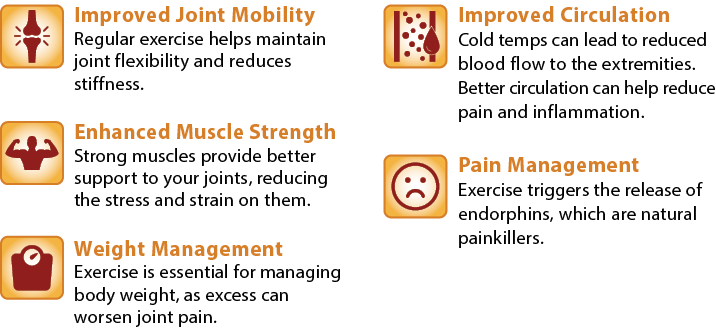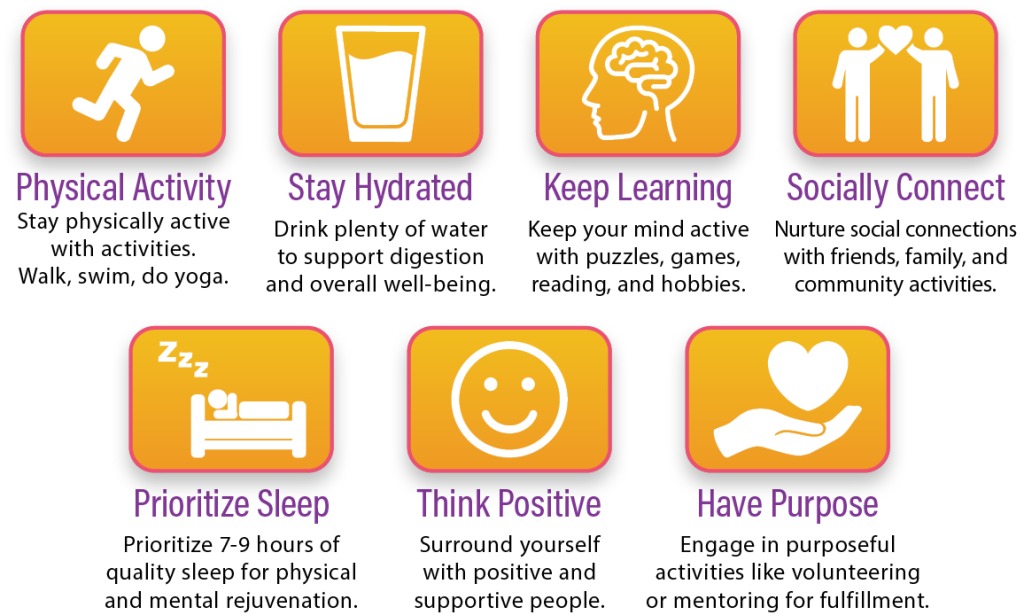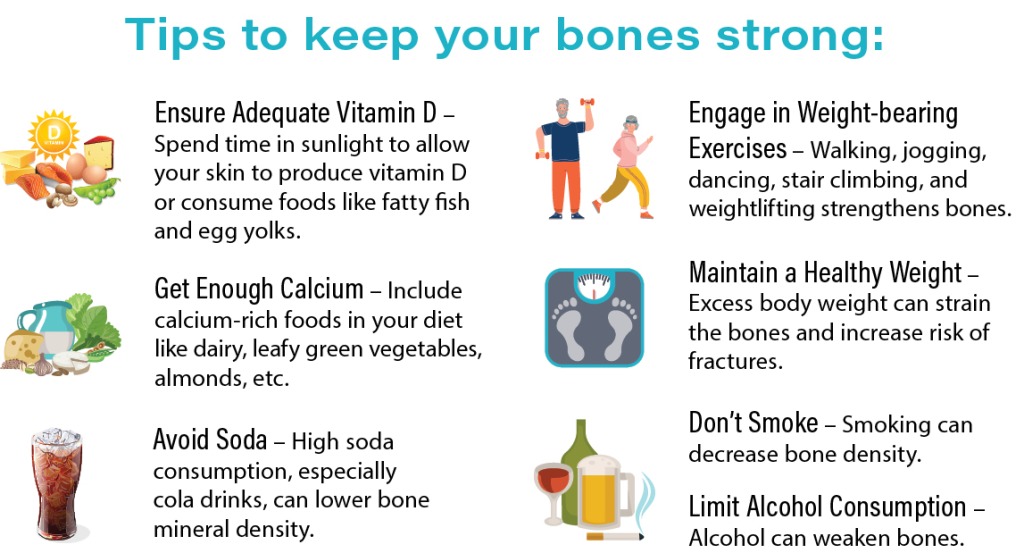Blog by: Stacy Baker, OTR/L, CHC, RN, RAC-CT, Director of Audit Services, Proactive Medical Review
MACs have begun rolling out the mandated 5-Claim Probe and Educate audit and will eventually review claims for every eligible SNF in their jurisdiction. SNF certifications and recertifications are important elements of SNF Medicare stay compliance and will be considered as part of this review. In this blog, we’ll delve into the essential aspects of the SNF certification / recertification process, and share guidance and insights for assessing your process and ensuring compliance.
Click here to continue reading this blog.
About Proactive Medical Review
HTS partners with Proactive Medical Review, a third party company who specializes in ensuring compliance with regulatory standards and promoting measurable care excellence. The team includes SNF experienced nurse, MDS, Health Facility Administrator, therapist and reimbursement specialists with experience serving in multi-site contract therapy operations, as corporate directors of quality, clinical program specialists, and Compliance Officers. Proactive is uniquely positioned to assist in managing the many changes and challenges facing providers partnered with HTS. Learn more about our commitment to compliance here.









